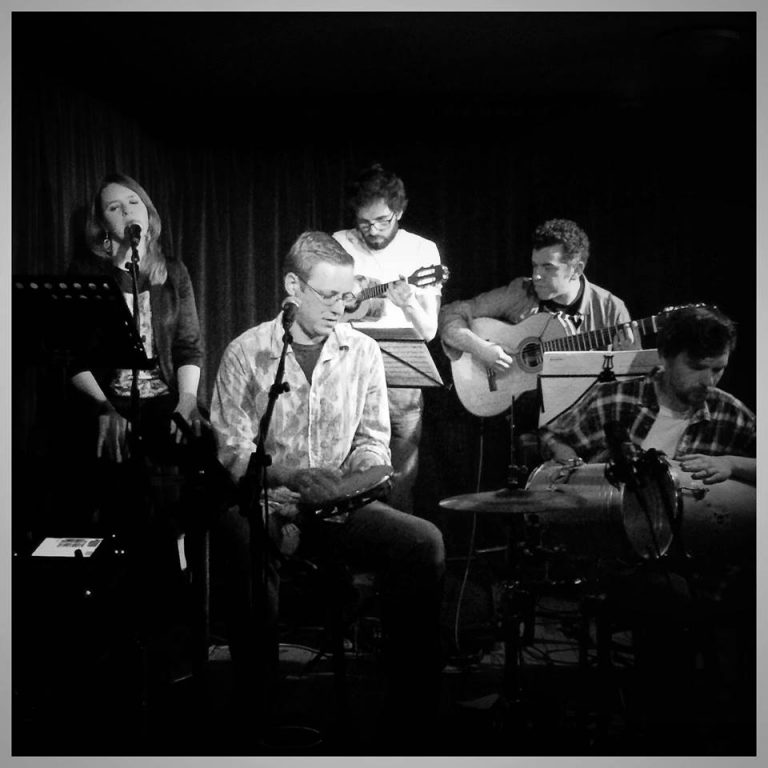
Let’s Talk About Traditional Brazilian Music
28 February, 2022In the modern world, we rarely hear about the traditional culture and art of different countries, because now the whole world has been captured by a single pop culture. In this article, we want to tell you about what kind of music is traditional in Brazil and shock you a little with the fact that even now these styles are relevant.
Now you will find out why it is still popular and why national culture music video channels are still gaining a large audience without the need to buy YouTube subscribers.
Features of musical styles
Given a set of musical traditions from Europe, Africa and Indians as source material, the music of Brazil was formed as an endless mixture of styles, rhythms and sounds. There is regional music, characteristic for each state, and there are larger genres that unite the country and have already managed to catch the fancy of music lovers outside of it.
Music for Brazilians is inextricably linked with the movement of the body, the movement born of the most diverse rhythms. Samba, pagoda, bossa nova, forro, fevro and sertaneja are both musical styles and dances. This music is an expression of the people who created it, which is formed and exists within it and thanks to it.
To begin with, let’s turn to the characteristics of the style called samba. If the rhythm of the samba is slow and melodic, then this is the samba cançao (samba song), if it becomes more impatient, rhythmic, then this is the samba enredo, which turns on the whole of Rio de Janeiro during the carnival.
Samba texts are a reflection of life in its most diverse manifestations, desires, feelings, memories; music, once improvised in the poorest neighborhoods, is played and danced in cities and towns, lives in the soul of the Brazilians.
Bossa nova is a relatively young style that appeared in the late fifties, which combined samba melodies and jazz harmonica. But the deep nova, which expresses the personal feelings of the boss, is now losing its positions to the new musical trends of the country.
The music of the carnival is a separate unique element of the cultural identity of Brazil. The brightest, crazy and memorable carnivals take place in the cities of the northeastern region (Recife), and in the state of Bahia (Salvador and Porto Seguro), where you can see all the stars dancing together in a crowd of people. We will focus on this unique aspect in the next chapter of our course work.
It should be noted that Brazil is currently following new musical trends: we find them in carnival melodies in Bahia and in the northeast.
There are a huge number of clubs in the country, whose members study and promote folk musical creativity. Professional musicians also turn to him constantly. In the 21st century, of course, representatives of such clubs began to promote traditional Brazilian culture in social networks, so many of them maintain their blogs on Instagram and YouTube channels.
Don’t be surprised if you see millions of viewers on traditional music videos and don’t think creators buy real YouTube subscribers. This kind of content is really popular right now in Latin America.
Thus, the best works of Brazilian musicians, artists, writers are characterised by deep nationality, appealing to the origins of a rich traditional culture, in the formation of which Indians and blacks, former Portuguese colonists and immigrants from Europe and Asia equally participated. Brazilian music, unusual in its rhythm and melody, contains elements of Indian, African and Portuguese folklore. Inspired by the fusion of diverse cultures in Brazilian music, you can use Custom Keyrings with Brazilian music elements or patterns printed on both sides, mark your name and date, and let this unique culture be with you.
Follow Sounds and Colours: Facebook / Twitter / Instagram / Mixcloud / Soundcloud / Bandcamp
Subscribe to the Sounds and Colours Newsletter for regular updates, news and competitions bringing the best of Latin American culture direct to your Inbox.

